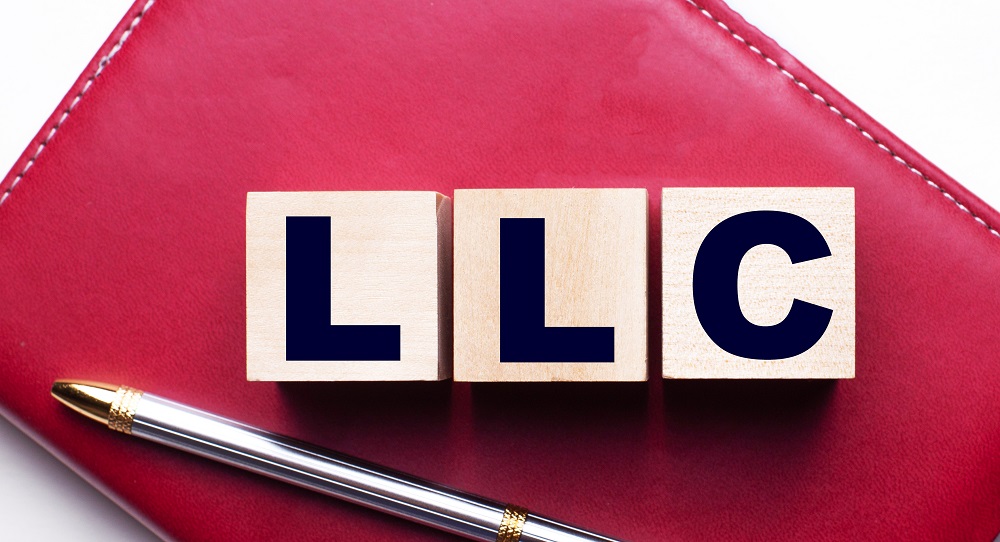In the case of a limited company (or LC) and its subsequent executive members making the decision to wind up their affairs and close the business, several options are available – all with varying costs and purposes that may or may not fit the particular situation at hand.
Being able to choose the correct method of closing down a limited company is of vital importance to the shareholders and board of directors of a limited company, and as such it is quite advisable for these individuals to educate themselves on the characteristics and requirements behind each method of company closure.
These methods may range from low cost and voluntary methods initiated by the company itself, such as in the case of member’s voluntary liquidation, to enforced dissolution of the limited company as it is in an insolvent state, such as in compulsory liquidation.
What is a Limited Company?

The term limited company refers to a type of corporate entity with some level of built in protection towards its investors and directors, of which is reserved for the money and similar guarantees they have put forth towards the limited company itself.
This can have the benefit of separating the director’s assets and cash flow from that of the limited company, protecting them in the case of creditors seeking reparations or other forms of monetary liens being placed on the limited company.
According to Marchford, in the eyes of the law and for the purposes of governing bodies, a limited company is generally seen as its own legal entity and as such possesses its own rights and privileges separate from that of its constituent members.
How is a Limited Company Closed?
A limited company is considered closed, dissolved, or winded down if the relevant governing bodies (such as the companies house or secretary of state) have chosen to approve of said limited company’s cessation of operations and forfeiture of its legal capacities.
This can also occur in a non-voluntary manner if said limited company has failed to uphold its legal and financial duties or if its constituent members have chosen to forego them so as to allow the company to become dissolved, though there are far better methods of achieving such a goal.
The sort of methods available to a limited company once it has decided to close will depend on whether the company is considered solvent or insolvent, whether it has any outstanding debts, whether its acting director and shareholders have reached a majority decision as well as if said individuals to not wish for the company to instead become dormant.
As such, just as how the method of closing a limited company will differ between each case, so too will the costs associated with the closing of said limited company, with such things like the complexity and scope of the limited company acting as the main driver behind any costs involved.
Why Would a Limited Company be Closed?
A limited company may be closed for many reasons – most of which directly involve the internal workings of said company and the individuals employed beneath it.
In certain instances, a company may foresee sufficient enough risk of future insolvency, and as such will choose to bow out of the race gracefully so as to retain any assets and monetary value while still paying off their creditors.
Another reason a limited company may be voluntarily closed is the death or resignation of their sole acting director, or that of their board of directors, leaving the company without proper management and leadership.
By extension of this – the shared agreement to close the company by the majority shareholders and directors due to personal reasons, disinterest in continuing the company’s affairs or other pending financial burdens are also possible reasons behind the subsequent closing of a limited company.
A more mundane purpose to closing down a limited company is the simple desire to convert the company’s shares and assets into liquid value, such as cash, of which will be taxed and then subsequently withdrawn by the shareholders and owners of the now liquidated company.
What are the Various Methods of Closing a Limited Company?
As mentioned previously in this article, closing down a limited company is not limited to only one process or method, and as such it is best for the owners of said limited company to fully review their options so as to choose the best one for their particular company and situation.
This, of course, is if the limited company closing down is of their own volition – otherwise, it is best for the owners to fully understand their situation and act accordingly.
Voluntary Company Dissolution / Strike Off
Most often performed due to the director or board of directors choosing to entire retirement or because they see no more purpose in continuing to operate the limited company, a voluntary strike off is filed most often with the companies house by the director or acting agent.
This is geographical, as certain countries like the United States utilize a similar but distinct process and do not possess a governmental body known as the Companies House.
When a voluntary company strike off is filed and subsequently approved by the companies house, the companies name will be removed from their register, stripping the legal capabilities of the now closed company and preventing it from continuing its operations.
Member’s Voluntary Liquidation

Considered the most cost effective and tax effective method of closing a limited company, member’s voluntary liquidation is the procedure of a company liquidating its assets and shares by way of a majority decision made between the shareholders and board of directors.
If at least three fourths of the shareholders vote on proceeding to the filing of a member’s voluntary liquidation, the directors must sign a declaration stating the company’s intent to undergo voluntary liquidation – as well as a notice that the company, to the best of their knowledge, is solvent and of good financial standing in regards to its creditors.
If approved by the governing body, a certified liquidation professional such as an insolvency practitioner will be summoned and appointed to the company’s case, of whom will ensure that no wrongdoing is taking place as well as facilitate the voluntary liquidation process.
As is the very meaning of the term liquidation, the assets and other financial implements of value under ownership of the company will be disposed of and sold, with the succeeding money accrued from said sales being distributed among the creditors, shareholders, and directors.
Compulsory Dissolution
Usually performed by an unpaid and disgruntled creditor or by an acting director of the limited company, compulsory dissolution is quite similar to voluntary liquidation in the fact that the assets of the company are sold off or disposed of prior to the winding down and eventual closure of said company.
The primary difference between the two is the fact that compulsory dissolution or compulsory liquidation are enforced by the governing body and usually not resulting from a decision made by the majority shareholders or board of directors.
Much like other forms of liquidation and subsequent dissolution, compulsory dissolution will involve the cessation of normal day to day operations in the limited company, a stopping of its trading and the winding up of its affairs prior to asset liquidation by an insolvency practitioner.
Creditor’s Voluntary Liquidation
In the event that the limited company has reached the point of insolvency or is approaching insolvency due to the inability to pay back its debts, creditors or the shareholders of the limited company may wish to come to an arrangement wherein the creditors are paid back as the trading and operations of the company are put on hold.
This functions in a manner quite similar to liquidation wherein a licensed insolvency practitioner is brought into the case and vested with the legal abilities to manage and dispense of the company and its assets.
It is important to keep in mind that a creditor’s voluntary liquidation cannot be performed without the prior agreement and approval of whatever party is acting as a creditor to the company – be it an independent corporation, individual, governing body or other financial entity.
What are the Costs of Using these Methods?
Apart from the fact that – regardless of method used or circumstance – the company must pay its debts and wages to the fullest extent of its capabilities, quite a few additional costs can come into play when a limited company is undergoing the process of closing.
These costs can be highly variable depending on the method used and the complexity of the company or its particular case, with such things like taxes being applied to capital gains from liquidated assets and the fees involved in appointing a licensed insolvency practitioner taking up only a small portion of the total monetary requirement to close a limited company.
Generally, utilizing the procedure of member’s voluntary liquidation for a solvent company is the cheapest in terms of taxes, fees and certified liquidator compensation.
This is due to the fact that member’s voluntary liquidation and its subsequent profits are qualified for entrepreneur’s relief wherein the normal capital gains tax of over thirty percent is lowered to ten percent, within certain parameters.
The opposite of this particular method is that of creditor’s voluntary liquidation, as it involves excessively complex legal maneuvers and an insolvency practitioner’s intense focus, often resulting in higher fees and more billable hours.
References
1. Unknown Author. Bona vacantia, Crown disclaimer and escheat: issues in liquidation, dissolution and restoration | Practical Law. Practical Law. Published 2022. Accessed February 6, 2022. (https://uk.practicallaw.thomsonreuters.com/w-007-3468?originationContext=knowHow&transitionType=KnowHowItem&contextData=(sc.Default)&comp=pluk)
2. Unknown Author. (N.D.) “Apply to strike off and dissolve a company” United Kingdom Government. Retrieved on 6 February 2022 from (https://find-and-update.company-information.service.gov.uk/close-a-company/)
3. Hall, Graham, and Barbara Young. “Factors Associated with Insolvency amongst Small Firms.” International Small Business Journal, vol. 9, no. 2, Jan. 1991, pp. 54–63, doi:10.1177/026624269100900204.
4. Schillig, M. (2016-03-10). Winding-Up and Liquidation. In Resolution and Insolvency of Banks and Financial Institutions. : Oxford University Press. Retrieved 6 Feb. 2022, from https://oxford.universitypressscholarship.com/view/10.1093/oso/9780198703587.001.0001/isbn-9780198703587-book-part-19.
5. Ireland, P. (2009). Financialization and corporate governance. N. Ir. Legal Q., 60, 1.





